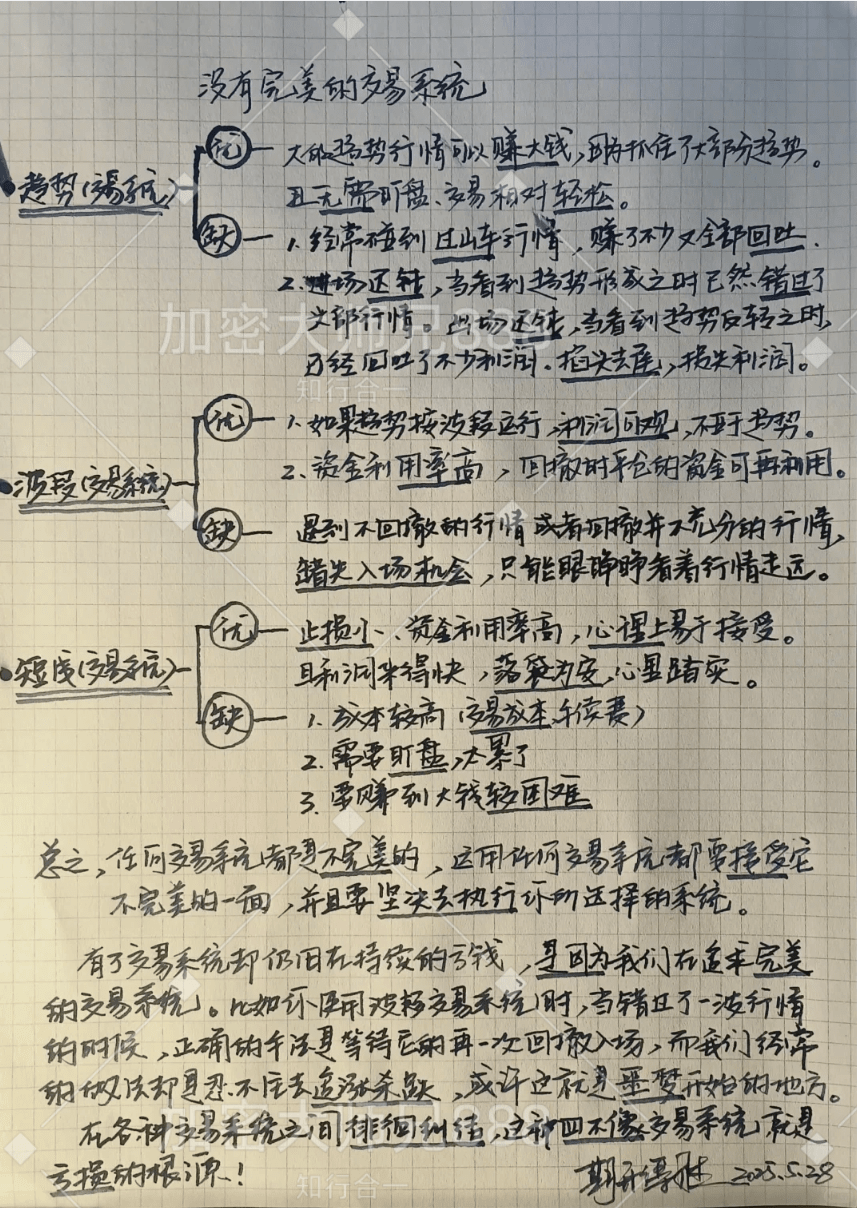The harsh truth of the cryptocurrency world: After learning a bunch of technical indicators, I still couldn't avoid liquidation. In 2021, I saw a trader who drew 20 candlestick charts daily, was well-versed in MACD and Fibonacci lines, but when ETH hit 4800 USDT, he couldn't bear to cut losses, dropping from 500,000 USDT to only 30,000. I later understood that the outcome of trading never lies in the indicators but in the cultivation of mindset — these three stages hold the key to turning losses into consistent profits.
First stage: The obsession in the maze of indicators, the more effort put in, the more losses incurred.
When I first entered the market, I crazily collected indicators: waiting for MACD golden crosses, waiting for divergences with KDJ overbought, even drawing the Gann square densely. Once when trading SOL contracts, I noticed a golden cross on the 5-day line but RSI was overbought, agonizing until 3 AM before placing an order, and the moment I opened the position it plummeted — those contradictory indicators became shackles of self-torture.
The mentality at this stage is a trap of 'greed for more and wanting perfection':
Seeing others make money with Bollinger Bands, I immediately abandoned MACD, switching systems three times in a week;
When losing trades, I always blamed 'the indicator parameters were wrong', changing the EMA from 12 to 20, then to 50, but never admitting it was my fault for not cutting losses;
During late night reviews, I slapped my thigh looking at the candlestick chart: 'If I had used the Chan theory, I would have escaped the top already,' yet the next day I still opened random trades in the sideways market.
Until one time when BTC fell below the 20-day line, I stubbornly held on to the 'bottom divergence' signal, watching my account drop from 20,000 USDT to 8,000 — only then did I suddenly realize that those revered indicators were just lagging numerical games, and I had long been turned into a puppet played by the market in my obsession with 'finding the perfect indicator.'
Second stage: The struggle within the myth of win rates, the more obsessed, the more confused.
Those who have survived the maze of indicators often fall into another dead end: madly pursuing high win rates. I once reviewed 500 trades over three months, adjusting the stop-loss from 5% to 3%, then to 1%, just to raise the win rate from 40% to 45%. What was the result? The average profit per trade dropped from 20% to 8%, the gains weren't enough to cover the losses.
The mentality at this stage is a dilemma of 'self-persuasion':
After three consecutive profitable trades, I thought I had 'understood the way,' heavily investing and ended up giving it all back;
When I lose, I pull out 'Wyckoff volume theory' to comfort myself that 'the main force is washing the盘', stubbornly holding on until liquidation and still insisting 'it's just bad luck';
Seeing others making money with low win rates and high risk-reward ratios, scoffing: "Isn't a win rate below 50% still called trading?"
In the 2022 bear market, I knew a 'theory master' who was typical: he could accurately sketch BTC's ABC waves, yet hesitated to enter the market during every rebound because 'the win rate wasn't high enough,' missing out on three doubling opportunities. Later I understood, traders at this stage seem to master the techniques but are actually bound by the obsession of 'having to be right', lacking the courage to 'accept losses.'
Third stage: Calmness after letting go of obsession, a 30% win rate can also lead to profits.
Epiphanies often occur in the most desperate moments. In 2023, I blew up five accounts in a row, deleted all indicators and left only the 20-day line, and suddenly it clicked:
Trading does not require predictions, only responses — go long when the price breaks above the 20-day line, go short when it breaks below, as simple as breathing;
What if the win rate is 30%? As long as each profit is three times the loss, after 100 trades, I can still earn 80 times;
Those 'simple indicators' that were once looked down upon, like MACD, are actually sufficient — the key is not how complex the indicators are, but whether you can decisively take profits when the red bars shorten.
The mentality at this stage is a relaxation of 'unity of knowledge and action':
Setting the stop-loss after opening a trade and then closing the software, even receiving a take-profit notification while running, I just smiled faintly;
Three consecutive losses? Calmly reviewing trades and staying out for a day, never rushing to 'make back the losses';
Seeing others chasing MEME coins to double their investments, feeling absolutely no waves in my heart — knowing that it is outside my circle of competence, not earning does not cause anxiety.
Now my trading system is so simple it's laughable: the 20-day line sets the direction, MACD checks the strength, each stop-loss is 5%, take-profit is 15%. The win rate is only 35%, but the account curve climbs like stairs — because I finally understand that the essence of trading is not to conquer the market but to master my own greed and fear.

If you are also a tech enthusiast, feeling helpless and confused in trading, wanting to learn more about cryptocurrency and first-hand cutting-edge information, click on my avatar to follow me, and you won't be lost anymore! Understanding the market trends clearly gives you the confidence to operate. Steady profits are much more realistic than fantasizing about getting rich.